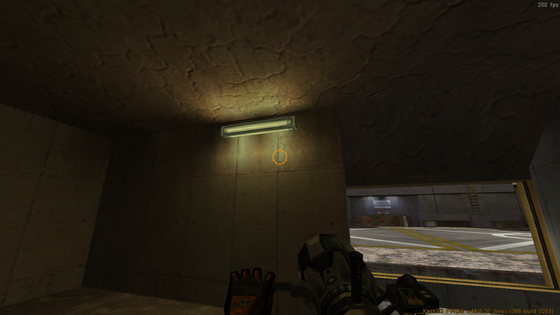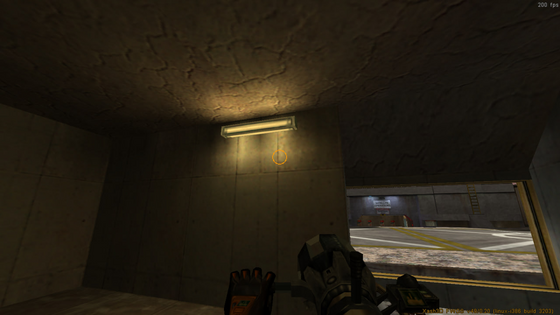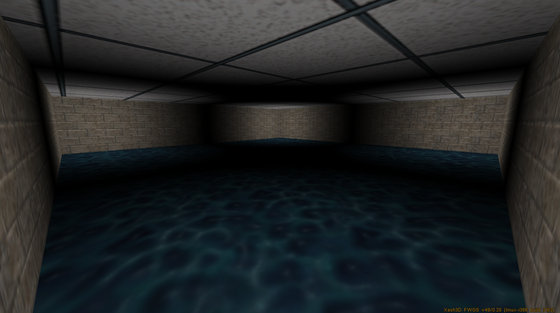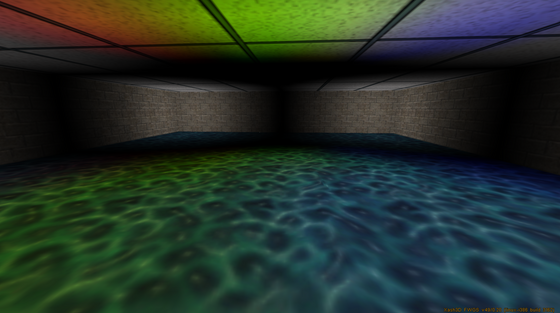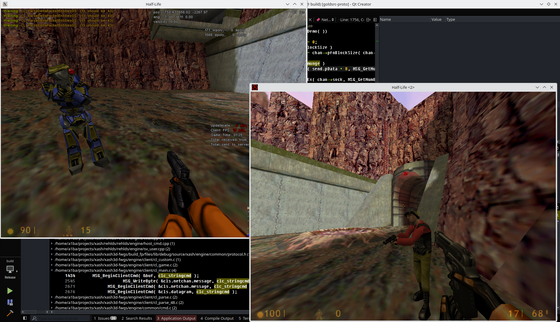



hm, it's almost as if some of these maps were intended to have lit water... ...no, of course, they mostly weren't, but soon level designers would be able to easily configure it through worldspawn's key/value settings in a new feature coming to xash3d-fwgs
 3
3




